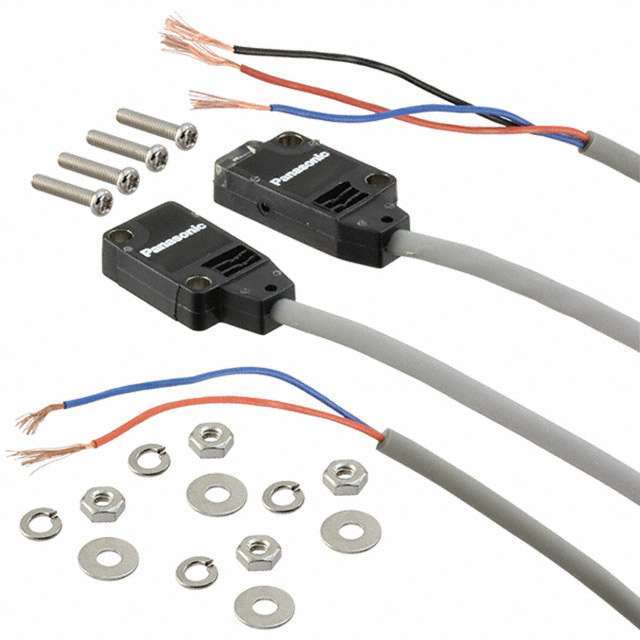Panasonic EX-11EA-R Sensor: Features, Advantages, and Buying Guide
The Panasonic EX-11EA-R sensor is a high-precision photoelectric sensor designed for industrial automation applications. Its compact structure, durable materials, and reliable performance make it suitable for various fields such as production lines, logistics processes, and robotic applications. This article provides a detailed guide on the features, usage areas, advantages, and buying tips for the EX-11EA-R sensor.
What is the Panasonic EX-11EA-R Sensor?
The Panasonic EX-11EA-R sensor is a solution designed to meet industrial needs with its high precision and fast response time. Thanks to its small size, wide detection capability, and IP67 protection rating, it delivers excellent performance even in challenging environmental conditions. This sensor minimizes errors in production processes while providing energy efficiency and reducing costs.
EX-11EA-R Sensor Features
- Compact Design: Easily mountable in tight spaces due to its small size.
- High Precision: Capable of detecting even small objects within milliseconds.
- IP67 Protection: Resistant to dust, water, and harsh environmental conditions.
- Energy Efficiency: Delivers environmentally friendly performance with low power consumption.
- Fast Response Time: Provides real-time data in production lines, speeding up processes.
- Versatile Mounting: Can be easily mounted on various surfaces.
EX-11EA-R Sensor Usage Areas
- Production Lines: Used for product detection and error control in packaging, assembly, and quality inspection processes.
- Logistics: Ideal for detecting boxes and pallets in storage and transportation processes.
- Robotic Systems: Used for positioning moving parts and obstacle detection in autonomous robots.
- Medical Devices: Provides precision detection for laboratory instruments and medical testing processes.
- Automotive Industry: Perfect for detecting components and ensuring accuracy in vehicle assembly lines.
Advantages of the EX-11EA-R Sensor
- High Performance: Improves production line efficiency with fast response time and precise detection.
- Durability: Long-lasting even in dusty, wet, or harsh environmental conditions.
- Easy Installation: User-friendly mounting options allow for quick and straightforward setup.
- Long Lifespan: Made from high-quality materials for extended use.
- Energy Savings: Reduces operational costs with low power consumption and eco-friendly performance.
EX-11EA-R Sensor Technical Specifications
| Feature | Value |
|---|---|
| Detection Range | 10-50 mm |
| Response Time | <1 ms |
| Operating Voltage | 12-24V DC |
| Operating Temperature | -25°C to +55°C |
| Protection Class | IP67 |
EX-11EA-R Sensor Price Analysis
The EX-11EA-R sensor is considered a mid-to-high range product. However, its long lifespan and low energy consumption allow you to recover the initial cost quickly.
EX-11EA-R Sensor Installation Guide
- Prepare the mounting surface by ensuring it is clean and even.
- Adjust the detection angle according to your application needs.
- Carefully connect the electrical wiring.
- Use a protective enclosure to shield the sensor from dust and water.
EX-11EA-R Sensor Maintenance Tips
- Regularly clean the sensor lenses.
- Check electrical connections frequently and tighten loose ones.
- Protect the sensor from extreme temperatures, humidity, and impacts.
- Replace faulty parts only with original replacements.
EX-11EA-R Sensor User Reviews
- “The sensor’s precision is excellent! It has significantly reduced errors in our production line.”
- “The IP67 protection class is truly impressive. It works flawlessly even in tough conditions.”
Frequently Asked Questions (FAQ)
- Which industries use the EX-11EA-R sensor? It is commonly used in production, logistics, robotics, and automotive sectors.
- How is the EX-11EA-R sensor installed? Follow the manufacturer’s guide to properly set the angle and ensure secure mounting.
- Is the EX-11EA-R sensor long-lasting? Yes, it is made with high-quality materials for extended durability.
Related Articles: Learn more about the sensors by reading our blog on What is a Photoelectric Sensor?

